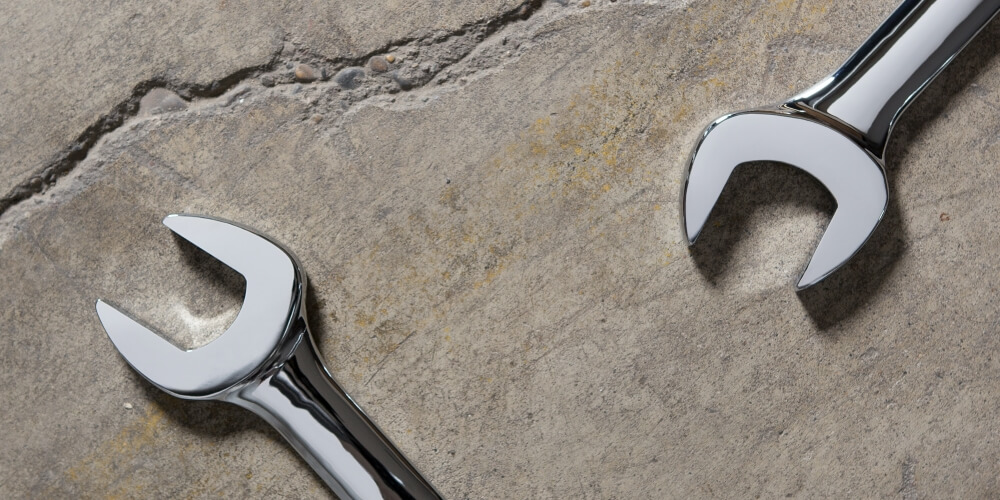Flanges are the material used in connecting pipes and valves in a tubing system. They can be screwed or welded together at intervals. Engineers have a unique taste for a stainless steel flange, which is exceptionally strong and durable. They can effectively work under challenging conditions like transporting chemicals at high pressure.
To facilitate their multipurpose nature, steel flanges come in a wild variety of choices to support engineering ingenuity.
Weld neck flange
The design of the weld neck flange incorporates some ingenious forging. Forging is a manufacturing process that uses compressions to shape metals into desired shapes. It consists of a circular fitting and a protruding frame around its neck. The rim has a series of holes that were nuts and bolts are attached to fasten it.
Stainless steel is the primary material in weld neck flange, enabling to operate in an environment where stress is a factor. The rim around its neck distributes force along the pipe, preventing overbuild of pressure that may result in bursting.
Slip-on flange
The slip-on flange is a simple alternative of a weld neck flange that uses fabrication to join two different pipes. Pipes are adjusted according to the length and angle of the flange before welding to seal the joint.
Slip-on flanges are typical among low-pressure assemblies. A better and more complex flange may be used in their place when stress on the pipes increases.
lap joint flange
The significant factors dictating stainless steel flange functioning are hidden in its design like a lap joint flange. Lap joint flanges borrow their manufacturing styles from other types; however, it does not have the raised face typical in many flanges.
Even though they are building using tough steel, these flanges have reduced pressure holding capacity. The main reason for that negative attribute lies deep within its making.-their ability to slip over the pipes is not supported by welding or fastening using bolts.
Threaded flanges
The simplicity of flanges allows them to attached and detached from the pipes in the easiest way possible. Threaded flanges are the modest flanges that use tapered threads in their functionality, which is easy to lock and unlock.
Due to the impracticality of cutting threads inside a pipe, these threads have limited use, which is a significant drawback. Threaded flanges are only used on the outer side of the pipes.
Blind flanges
Blind flanges do not have a boring center that allows the flow of liquid; instead, it’s a block of stainless steel in the shape of a coin that brings the flow to a sudden stop. It’s used to terminate the end of a piping connection.
Blinds flanges are made up of tough steel to withstand high pressure in fluids. The robust nature of these flanges enables them to serve as nozzles in pressurized vessels.
Many different types of flanges attend various functions in the piping industry. Stainless steel flange is superbly strong to meet the needs of any tubing system and customers’ preferences. To find out more about flanges, stay connected for more.
